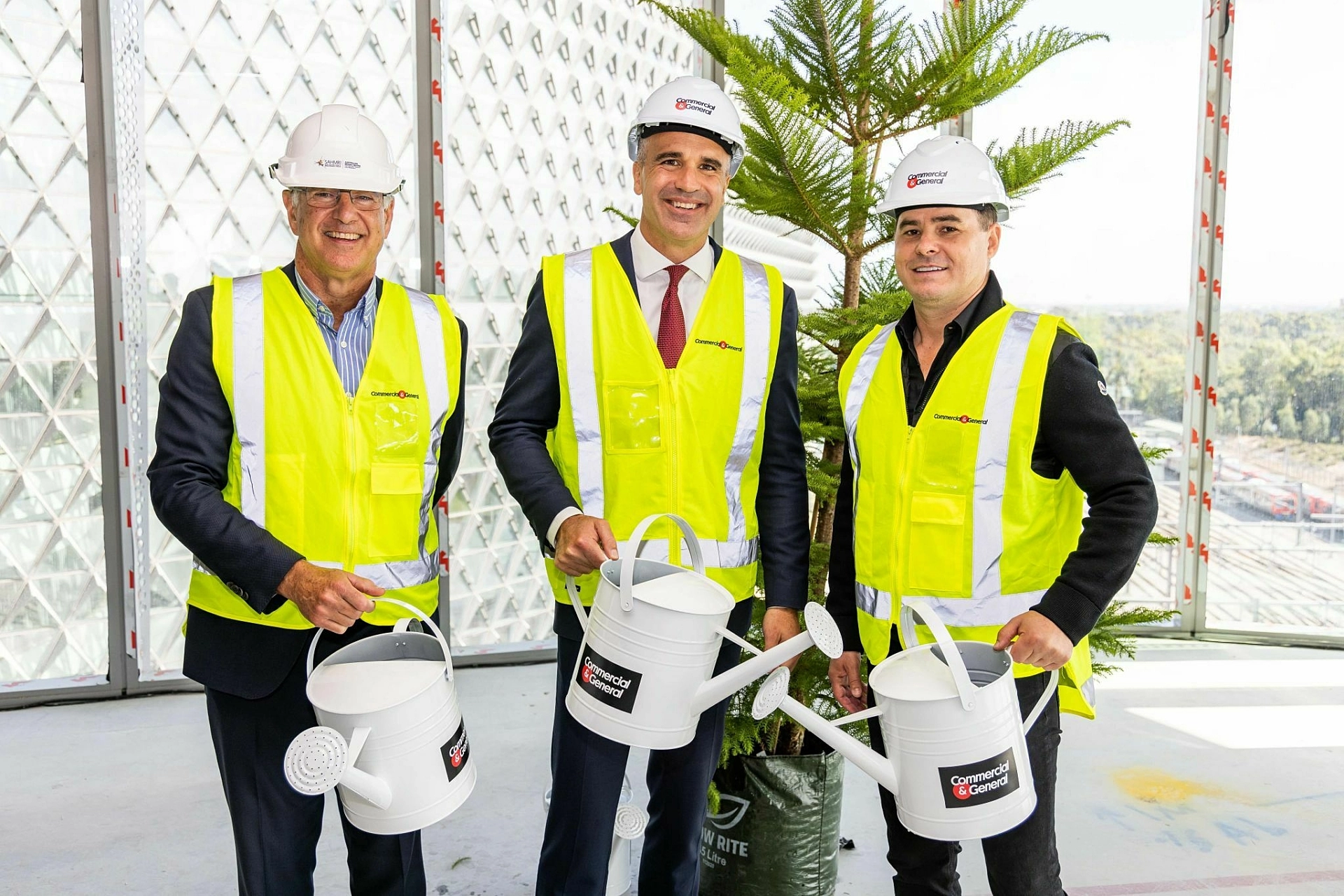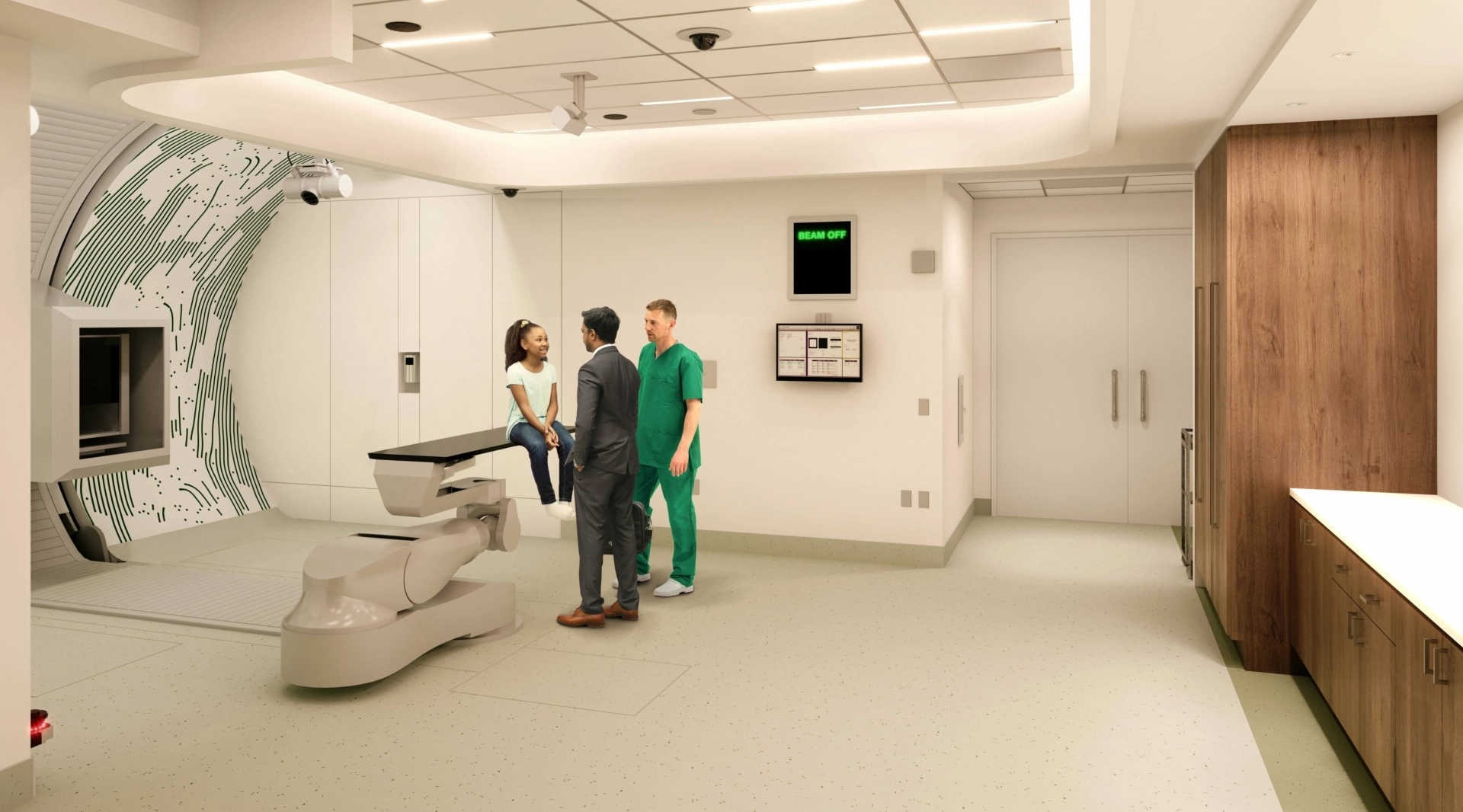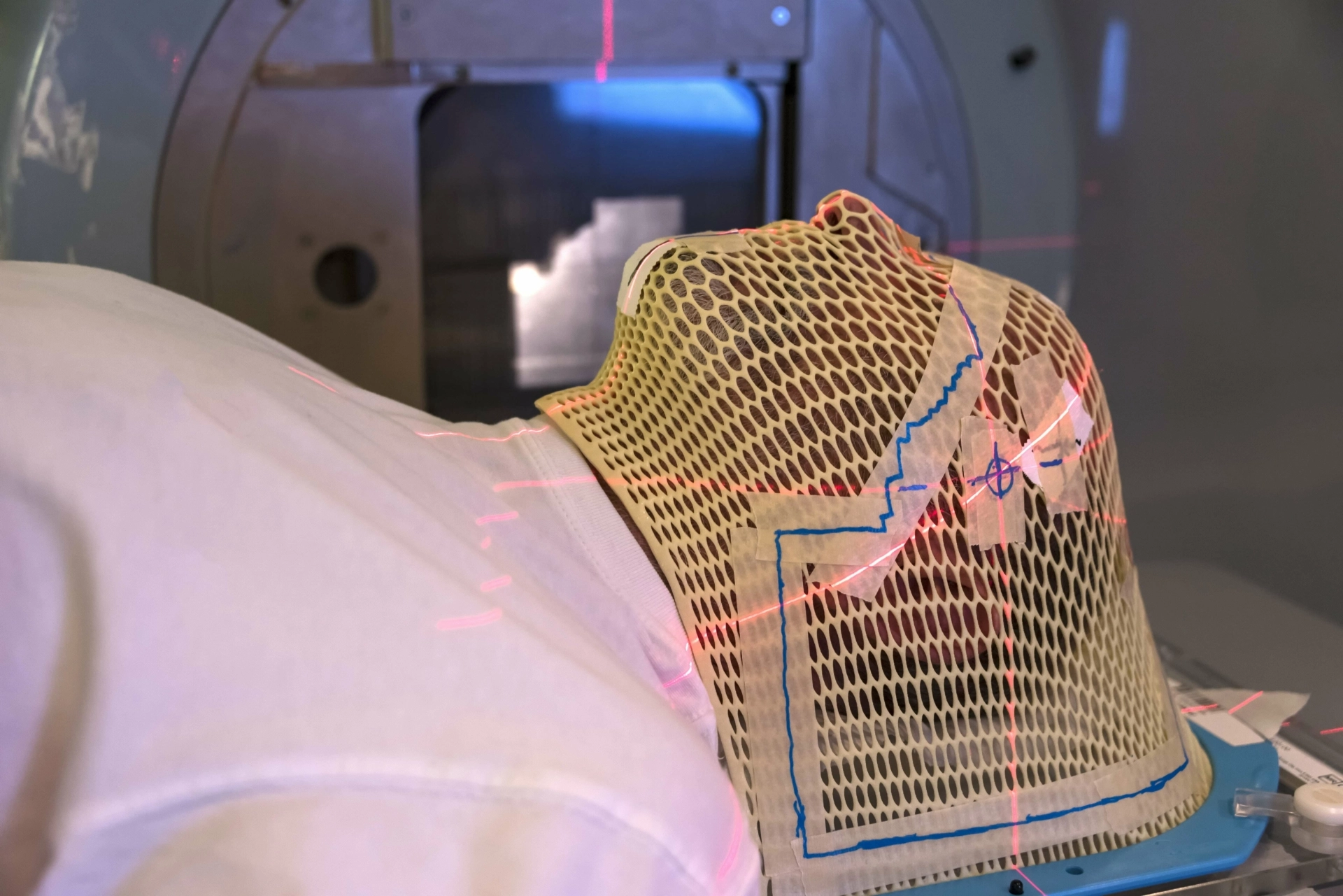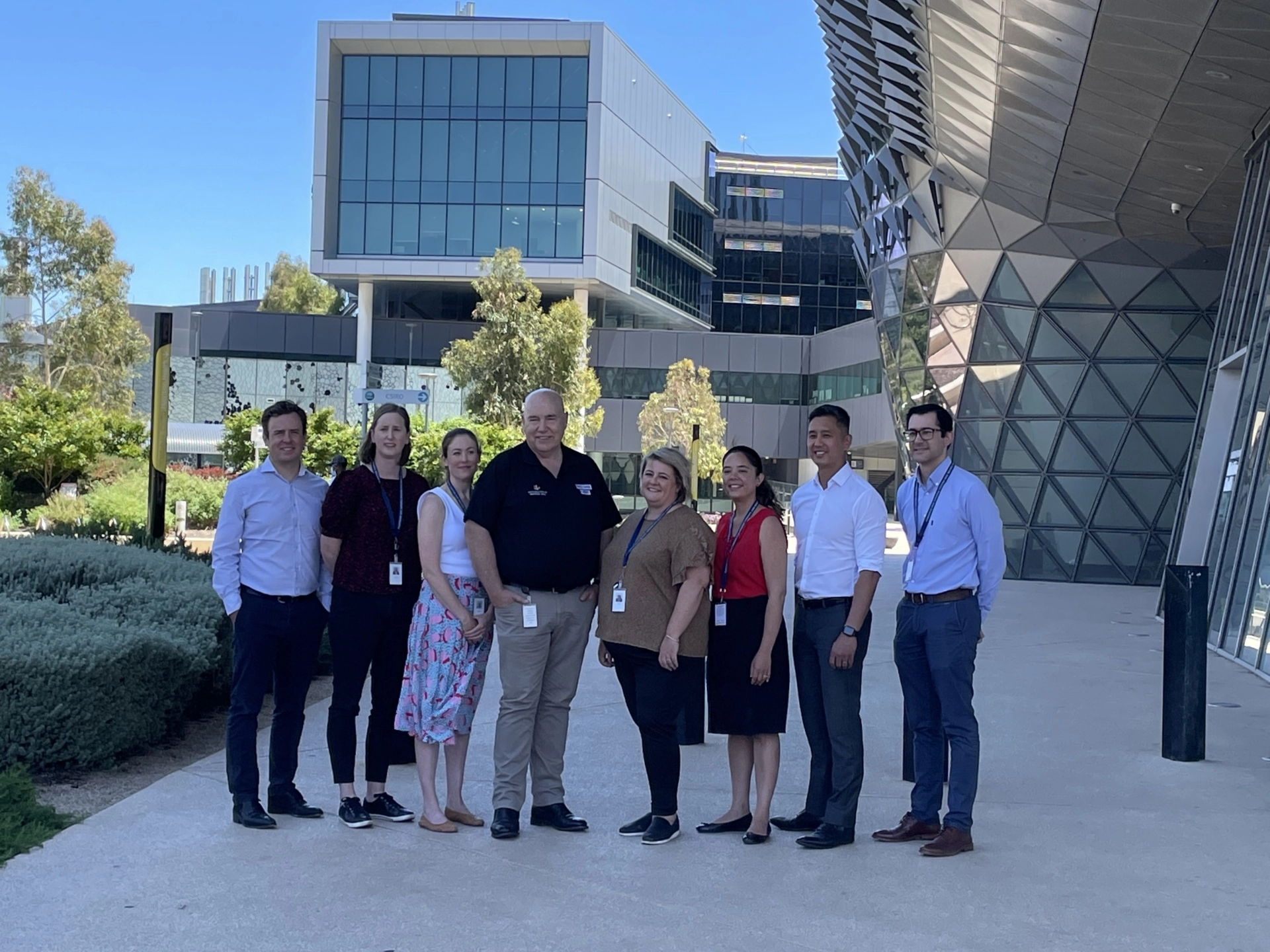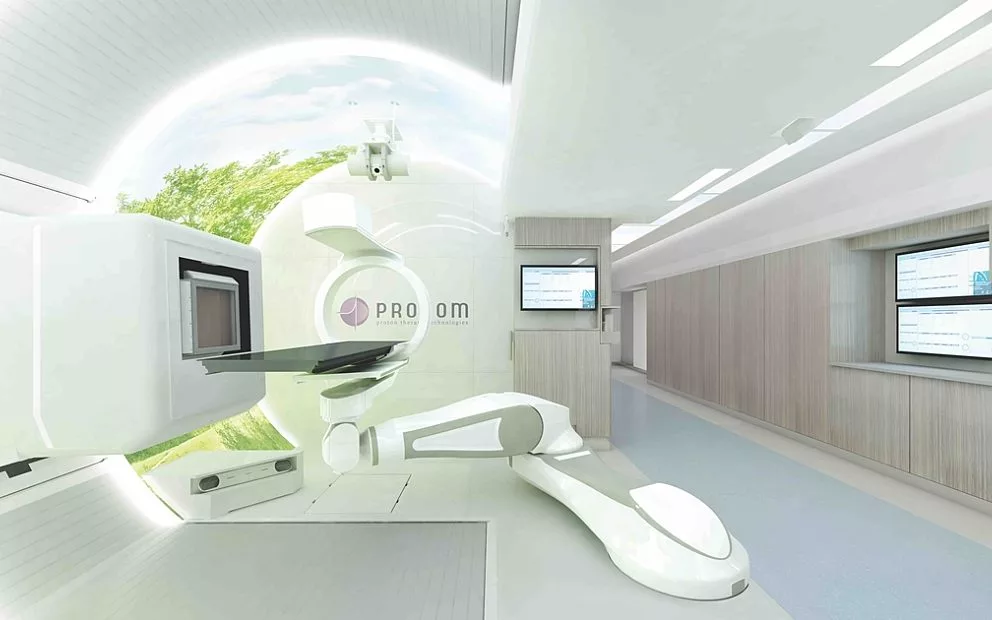The Australian Bragg Centre building has ‘topped out’, but it’s the cutting edge cancer-killing equipment in the basement that will change the lives of people across Australia and beyond.
Today marks a significant milestone for the building that will house the Australian Bragg Centre for Proton Therapy and Research – Australia’s first proton therapy unit – with the $500 million construction reaching its full 74 metre height.
The South Australian Premier Peter Malinauskas, Health and Wellbeing Minister Chris Picton and executives from project partners including SAHMRI, Commercial & General were all on hand for the occasion, which was marked with a traditional tree-watering ceremony.
Mr Malinauskas says the development further cements the Adelaide BioMed City precinct’s position as a global hub for health and medical science.
“This $4 billion precinct represents the best in collaboration between our universities and health institutions, the private sector and state and federal governments,” he said.
“The establishment of the first proton therapy unit in the southern hemisphere is important not only for the care it will deliver, but also as a beacon for the best and brightest oncologists and researchers around the world.
“Today’s topping out is a great milestone for the state and for the hundreds of patients who will benefit from proton therapy every year. I congratulate the project partners involved.”
The SAHMRI-operated Australian Bragg Centre for Proton Therapy and Research Centre is on schedule to provide life-saving proton therapy from 2025.
Currently, Australians needing this treatment must relocate overseas to access it – as was the case for Adelaide’s Ouwens family when their 6-year old son, Van, was diagnosed with cancer of the foot in 2021 and faced the prospect of amputation.
After undergoing traditional photon radiation at the Royal Adelaide Hospital, Van and his parents travelled to and travelled with his family to the US for proton therapy on his lungs where the cancer had metastasised.
Van’s dad, Alex, says his son not just avoided the amputation but has made a full recovery.
“The proton therapy treatment that Van received was, quite literally, life saving as it was able to target the cancer in his lungs in a way that other treatments simply couldn’t,” he said.
“Our only option was to travel overseas, so it’s fantastic to think that future generations of Australians will be able to access this quality of treatment here in Adelaide.”
The highly targeted nature of proton therapy can reduce short-term side effects of radiation treatment and long-term damage to healthy tissues, making it a more suitable treatment option for tumours near vital organs such as the brain, eyes and spinal column.
Reducing irradiation of vital organs and other healthy tissues makes proton therapy particularly advantageous for children, adolescents and young adults, who are at greater risk of long-term damage and secondary cancers from the more conventionally used photon radiotherapy.
SAHMRI Executive Officer Professor Steve Wesselingh says treatment is not the only game-changing benefit to come from Australia’s first proton therapy and research centre.
“First and foremost, the Australian Bragg Centre for Proton Therapy and Research will save the lives of Australians with cancer, and mean people like the Ouwens no longer need to relocate to the other side of the world for treatment during what is already a traumatic time in their lives,” he said.
“Just as importantly, this centre will be a leading site internationally for research into proton therapy, which is still a relatively new cancer-fighting technology. There is still so much medical science doesn’t know in terms of what cancers, and potentially other conditions, could be more safely and effectively treated with proton therapy.
“This centre will attract leading cancer clinicians and researchers from across the globe to provide significant impetus for our already enviable health and medical research sector, plus all the economic benefits that flow on from that.”
The Australian Bragg Centre for Proton Therapy and Research is being funded through a public/private partnership including SAHMRI, Commercial & General, DEXUS, the Federal Government and the Government of South Australia.
The developer Commercial & General engaged with specialist consultants from Australia, Europe and the US to ensure construction of the bunker meets the specific tolerances required of proton therapy technology, including radiation shielding and vibration minimisation.
“In many ways, the engineering and construction of the proton therapy unit bunker is similar to the challenge of building nuclear submarines,” he said.
“Not only has it never been done before in Australia, but it’s also one of the very first installations in the Southern Hemisphere.
“That’s where the health expertise and global relationships we have built into our business have really come to the fore. We’ve incorporated international experience into a proudly South Australian build program that’s creating something tremendously exciting for the future of our state.”
Construction of the building by LendLease is on track to complete later this year. Installation of the ProTom Radiance 330 proton therapy system can only begin once the building is complete. Installation, testing and calibrating will take 12-18 months, after which patient treatments will begin in 2025. Once fully operational, the centre’s three treatment rooms will help up to 700 people per year and undertake significant concurrent research.
The ability for Australians to access this revolutionary life-saving treatment was further improved last year by the Federal Government’s decision to add proton therapy to the Medicare Benefits Schedule.
